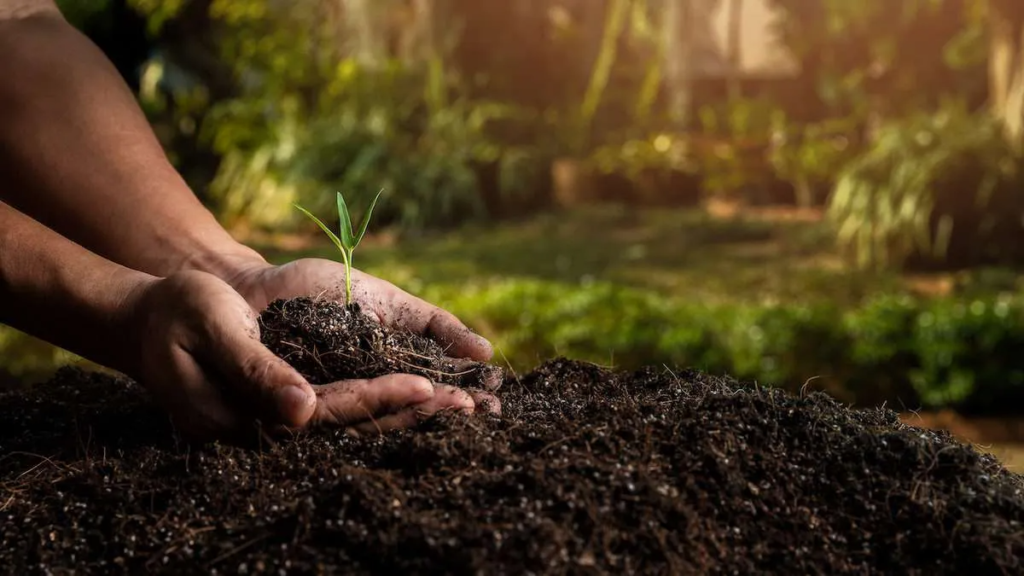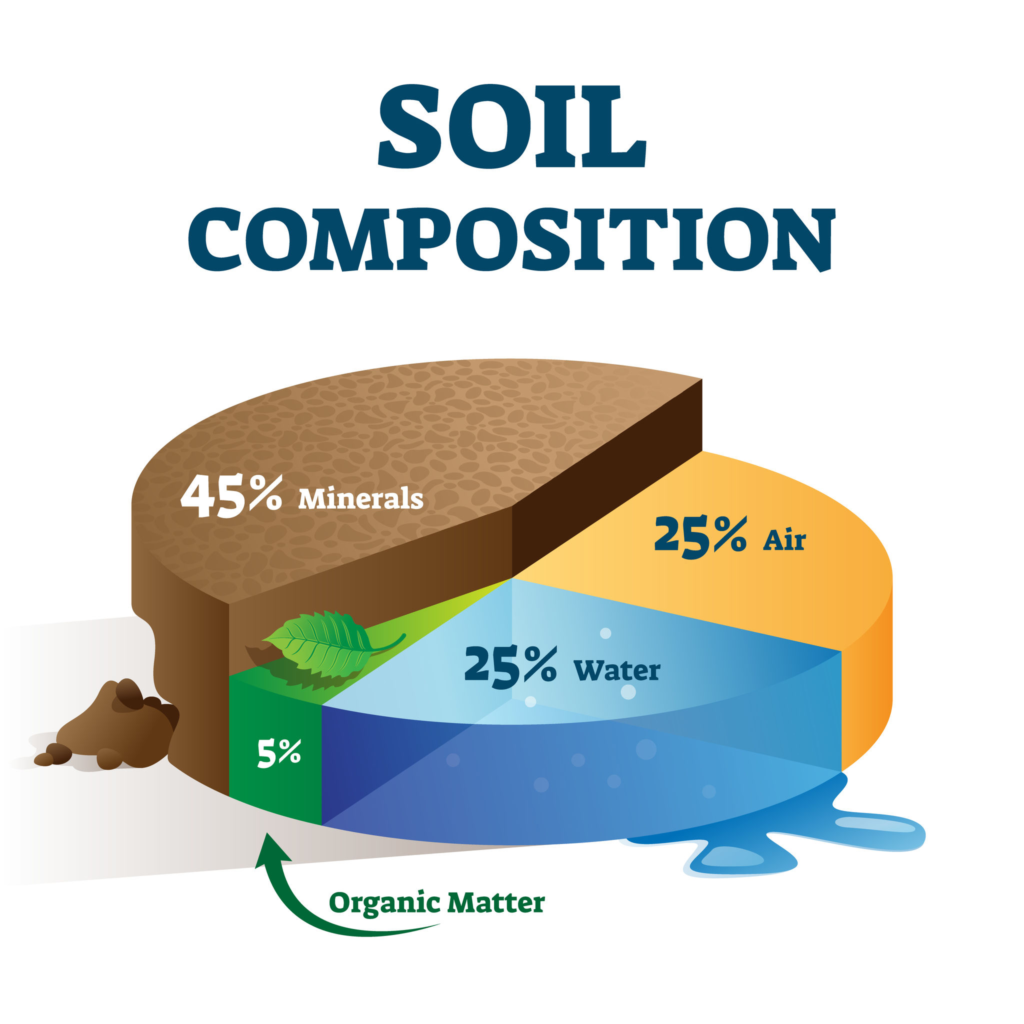What soil is best for gardening?

Each gardener knows the value of sunlight and water in cultivating vibrant plants, but we mustn’t forget the foundation – soil! What soil is best for gardening? – Surprisingly, choosing a type of soil makes an enormous impactful statement about your garden’s success; each type may meet specific plant requirements differently so picking an ideal combination can determine whether your flora flourishes or dies off over time.
The Ideal Loam Soil Type for Optimal Plant Growth
Gardeners often strive to achieve loam soil types characterized by an ideal blend of sand, silt, and clay particles – this soil type’s cultivation being celebrated due to its properties:
- Sand provides drainage to prevent root rot by allowing excess water to escape.
- Silt retains moisture and nutrients for plants.
- Clay anchors roots securely.
Ideal loam composition should contain roughly a 40-40-20 ratio of sand to silt to clay particles for optimal drainage, aeration and water retention – essential elements in supporting healthy root development.
Understanding Your Soil Composition
Most soil types can be altered and amended for increased plant health and stability. Here is an introduction to identifying your soil type as well as potential remedies:
- Sandy Soil: Light and fast-draining, yet struggles to retain moisture. Incorporating organic matter like compost into sandy soil can significantly boost moisture retention rates.
- Clay Soil: It often lacks drainage; mixing in more sand or organic materials improves both drainage and aeration.
- Silty Soil: Silty soils tend to be fertile with good water retention but tend towards compaction, thus hampering drainage and increasing nutrient availability. Loosening up and adding organic matter may improve drainage as well as increase availability.

Organic Matter at Work
Organic matter plays a powerful role in any soil-type environment. Compost, aged manure and similar materials offer many advantages:
- Increased Nutrient Accessibility: As organic material breaks down over time it releases essential plant nutrition that allows plants to flourish more readily than without it
- Enhance Water Retention: Organic Matter can aid soil with increased moisture retention by acting like a sponge; helping it hold onto water longer for extended periods.
- Boosted Soil Structure: Organic material also fosters crumbly textures to facilitate drainage and aeration for robust root systems.
Remember, healthy soil teems with life, from beneficial microorganisms to earthworms – creating an array of ecosystems. By enriching it with organic matter, not only are you nurturing individual plants but a whole community!
The Final Touch: Testing and Adjustment
Understanding the specific requirements of plants is key to creating ideal growing conditions. Fine-tune your soil’s pH and nutrient levels with tailored fertilizers or amendments to create the perfect habitat for your chosen plant species.
For comprehensive guidance on soil types and amendments as well as designing the ideal garden bed visit Gardening Habits!
Ciara Konhaus

I’m Ciara and I’m a gardener and agricultural educator in zone 6b. I’ve farmed and gardened all over the Appalachian mountains and love to empower people with the tools they need to start their own gardens.
